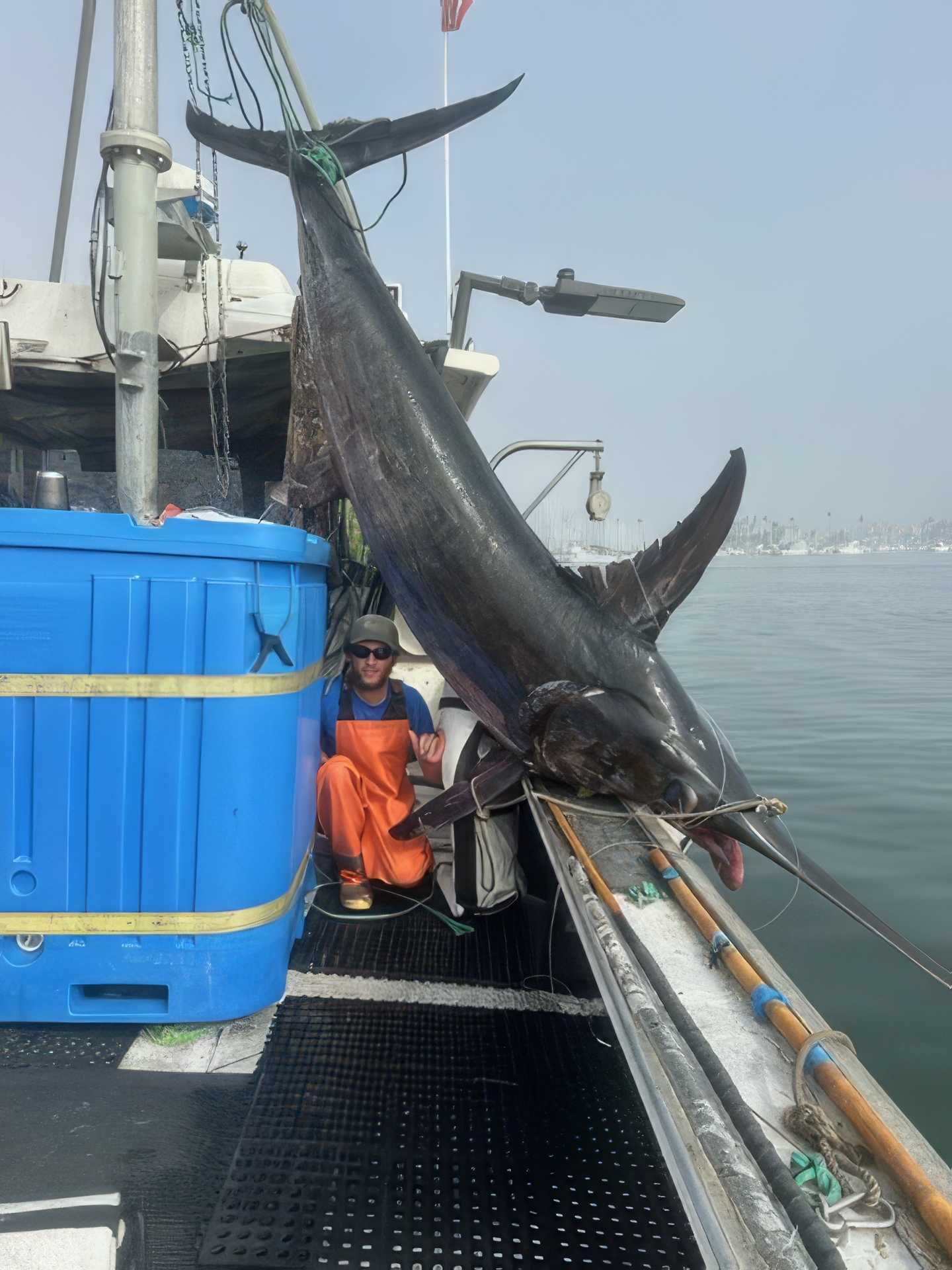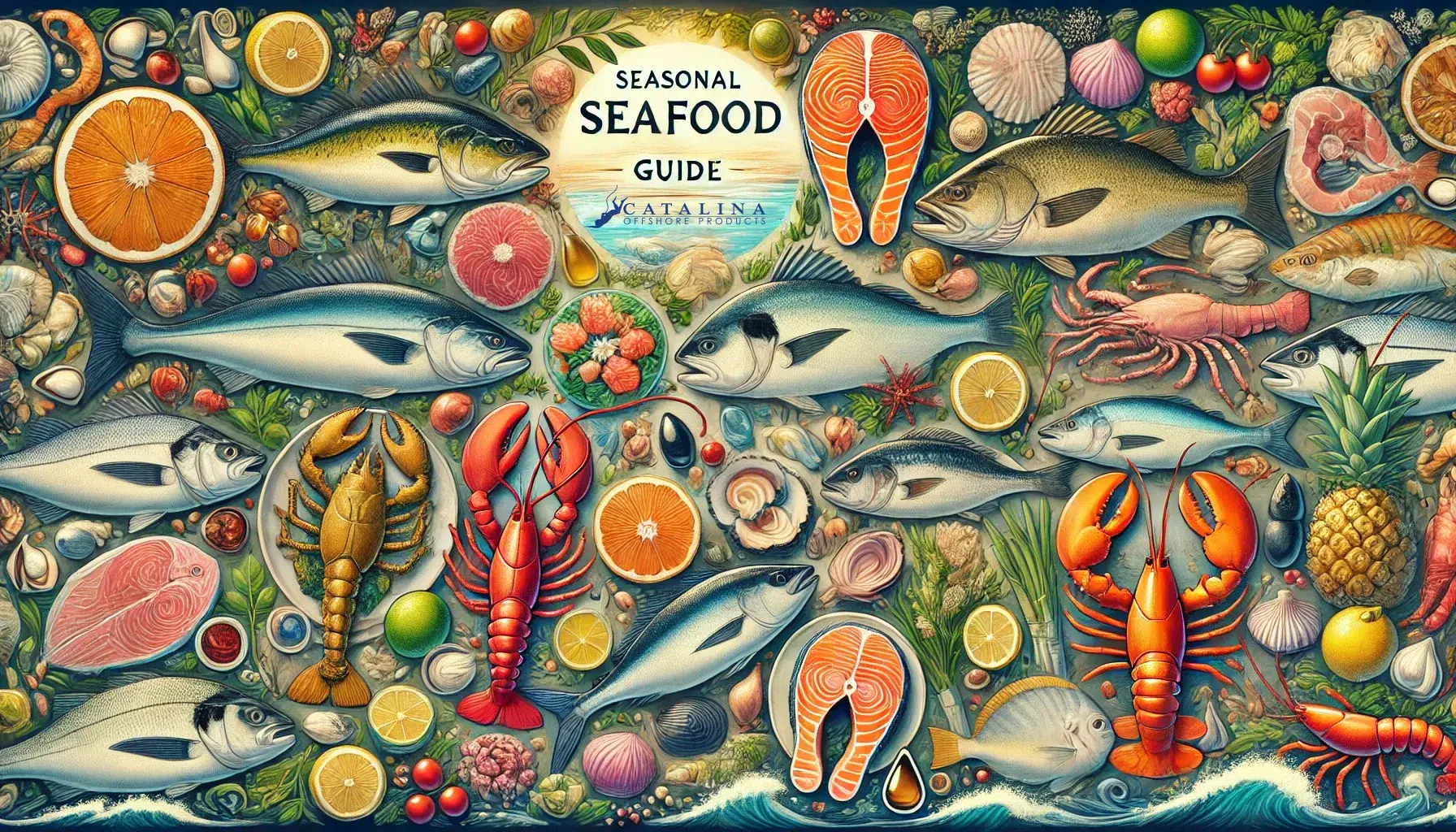
Savor the Sea: How to Make Mussels In White Wine Garlic Delight
Picture this: the sun dips below the horizon, casting a golden glow across the ocean while you sit at a seaside bistro, savoring each exquisite
FREE Overnight Shipping on orders over $300 ($200 in CA. Some suburbs are not included).
By Rebecca Gardon

Whether baked, broiled or grilled, swordfish is an enduring favorite. Its meaty texture, mild flavor and abundance of omega-3 fatty acids are all part of its popularity. Unfortunately, many fresh seafood lovers are missing out on this versatile fish due to old messaging that still populates the internet.
Atlantic swordfish, in particular, was largely depleted in the late 90s after decades of overfishing and mismanagement. As a result, the successful campaign known as “Give Swordfish a Break” advocated for recovery measures. The campaign ended in 2002 when the U.S. government closed nursery areas in U.S. waters to commercial fishing in order to protect baby swordfish. By then the two-and-half-year effort had mobilized conservationists and consumers along with hundreds of restaurants, hotel chains, cruise lines, grocery stores and airlines, who pledged to remove north Atlantic swordfish from their food choices.
What many consumers don’t realize is that by 2002 North Atlantic swordfish had recovered to 94 percent of levels considered healthy according to a report issued by the scientific arm of the International Commission for the Conservation of Atlantic Tunas (ICCAT).
U.S. fisheries are now the most highly regulated in the world and both Atlantic and Pacific swordfish are doing well.
The National Marine Fisheries Service implements ICCAT conservation measures for Atlantic highly migratory species under a fishery management plan. American fishermen are strictly monitored and allowed to catch a limited number of swordfish annually. Additionally they adhere to a mandated size limit.
To sustain healthy Pacific swordfish stocks, as well as those of other highly migratory Pacific species like bluefin, the U.S. and other Pacific Rim countries foster international efforts to conserve and manage the species. California –the Pacific Rim’s highest regulated swordfish fleet and where Catalina Offshore Products sources our swordfish – has produced an average of 2.3 million pounds a year for the last 20 years, making only a small impact on Pacific swordfish stocks. As a result of the fishery’s superior management, Pacific stocks are in good condition. In fact, our sustainable seafood partner Seafood for the Future approves consumption of Pacific swordfish as does Monterey Bay Aquarium’s Seafood Watch.
We source swordfish year-round with our local season hitting October through January. Perhaps it’s time you reconsider serving this delectable and healthy fish. With its firm texture, it’s a perfect alternative to red meat. One of our favorite ways to prepare swordfish is to simply throw it on the grill. Brush it with some teriyaki sauce and sprinkle with your favorite seasonings or skewer a few chunks on a kebab along with some fresh veggies. Dinner is served.

Picture this: the sun dips below the horizon, casting a golden glow across the ocean while you sit at a seaside bistro, savoring each exquisite

The Conservation Benefits of Deep-Set Fishing At Catalina Offshore Products, sustainability isn’t just a buzzword—it’s a commitment. As a small family-owned company, we pride ourselves

As we journey through the latter half of the year, each month presents us with an array of fresh seafood delights. From the vibrant flavors of summer to the comforting dishes of winter, choosing and preparing the perfect fish or shellfish can truly elevate your meals. Here’s your comprehensive guide to selecting and cooking the best seasonal seafood from August to December.

Savor the Sea: How to Make Mussels In White Wine Garlic Delight
Picture this: the sun dips below the horizon, casting a

The Conservation Benefits of Deep-Set Fishing: A Sustainable Seafood Solution
The Conservation Benefits of Deep-Set Fishing At Catalina Offshore Products,

Your Ultimate Seasonal Fish Guide: Savor the Freshest Catches from August to December 2024
As we journey through the latter half of the year, each month presents us with an array of fresh seafood delights. From the vibrant flavors of summer to the comforting dishes of winter, choosing and preparing the perfect fish or shellfish can truly elevate your meals. Here’s your comprehensive guide to selecting and cooking the best seasonal seafood from August to December.